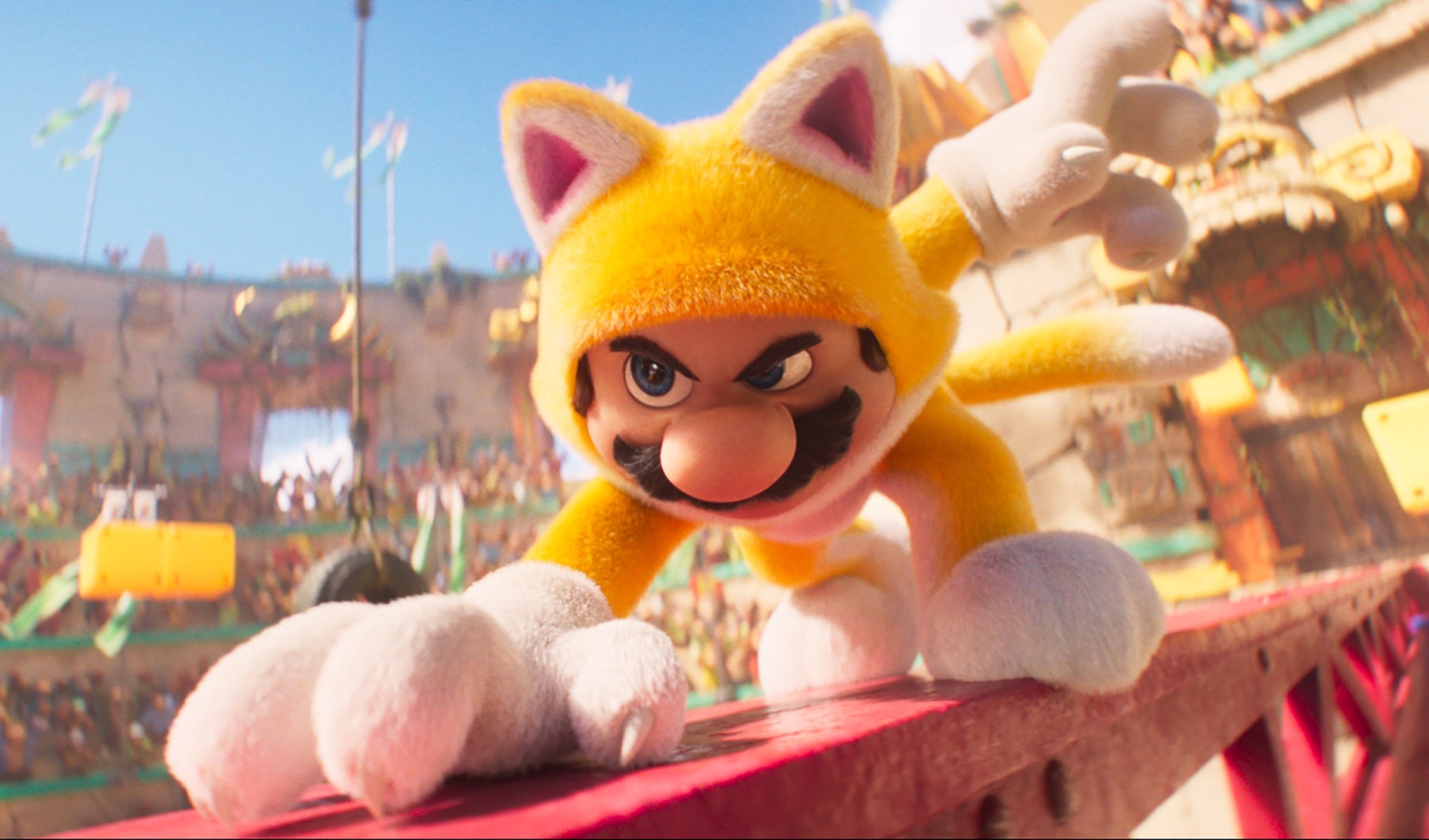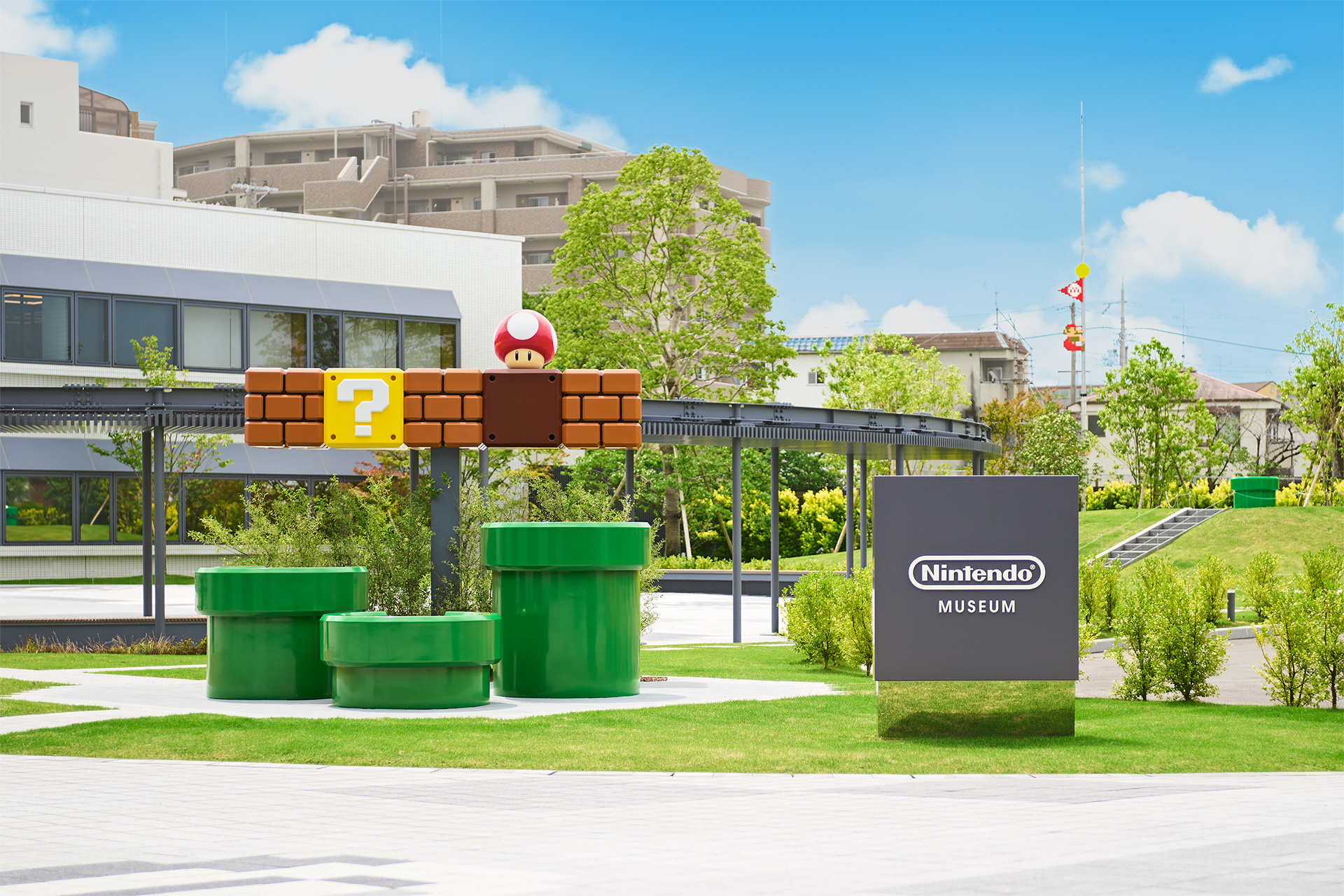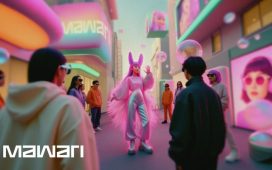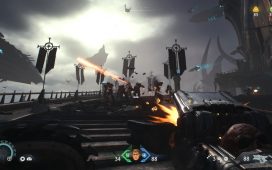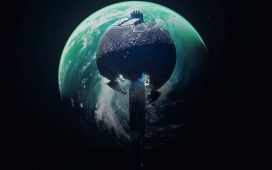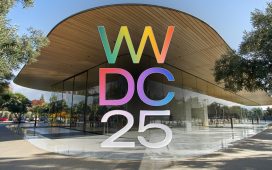Nintendo is entering a new era. While most everyone associates the company with video games, for the last few years the brand behind Mario has been steadily expanding itself into something much larger.
“I think people view Nintendo as a gaming company, but we have always thought of ourselves as an entertainment company,” Nintendo’s senior managing executive officer, Shinya Takahashi, told me in 2023. Design legend Shigeru Miyamoto echoed the same idea at the opening of Nintendo’s first museum last year. “What I wanted to express with this museum is that we are first and foremost an entertainment company,” he said.
To that end, Nintendo has entered into new areas like theme parks and Hollywood films. At the same time, it’s now attempting to maintain its foothold in games with the launch of the Switch 2, a follow-up to its most successful home console to date. Each of these moves is a bold bet designed to broaden Nintendo’s scope — but each one does that in the safest possible way.
As Nintendo gets more ambitious, it’s also getting less risky.
The Switch 2 is the most obvious example. It’s right there in the name. Instead of switching things up with a left field idea like the Wii’s motion controls, Nintendo is sticking with what works. The Switch 2 retains the same form factor as its predecessor, but with a bigger screen, more powerful internals, and redesigned controllers. Given that the Switch has sold more than 150 million units over the last eight years, it makes sense for Nintendo to be a little boring here, and simply refine a concept that it knows works. It even plays most of the same games.
The first two major first-party exclusives for the console — Mario Kart World and Donkey Kong Bananza — feed into this idea, with new features built largely around the Switch 2’s enhanced power. In Mario Kart it’s a large open world that connects its race tracks, while Donkey Kong lets you smash the world around you to open new areas and pathways.
That safeness points to a larger way of thinking within Nintendo beyond its next console. Each of Nintendo’s recent big bets had a similar amount of risk-aversion to it. When the company finally decided to exorcise the ghosts of the live-action Super Mario Bros. movie from the ’90s, it partnered with Illumination, the animation studio behind existing hits like Minions and The Secret Life of Pets, which had previously been trusted with Dr. Seuss adaptations The Grinch and The Lorax.
The result of this partnership, The Super Mario Bros. Movie, was a playful homage that stuck closely to the source material. It earned more than $1 billion and is getting a sequel next year. The upcoming live-action Legend of Zelda movie is a touch riskier, but there Nintendo recruited Wes Ball, a relatively unheralded director who nonetheless has a track record of successfully stewarding action franchises like Planet of the Apes and Maze Runner. In both instances, Miyamoto — the guy who created both Super Mario and The Legend of Zelda — is involved, serving as a producer.
That involvement is a key part of this expansion. Nintendo is attempting to mitigate risk by remaining deeply involved in all of these new ventures. That’s one way to avoid a movie where Bowser — sorry, King Koopa — is Dennis Hopper playing some kind of evolved dinosaur, and Bob-ombs walk around wearing Reebok sneakers. Miyamoto has made a point to be a part of these new initiatives, dating back to when Nintendo released its first proper mobile game with Super Mario Run.
This includes Nintendo’s theme parks. It started with Super Nintendo World at Universal Studios Japan in Osaka, and the company has since expanded with a locations in Los Angeles and Orlando, with another planned in Singapore. Much like its partnership with Illumination (which is under the Universal Pictures umbrella) Nintendo once again joined forces with a known quantity, one with a track record of re-creating fictional worlds ranging from Harry Potter to Jurassic Park.
“We had this shared idea of trying to create something new and impressive, and the idea of wanting to create something that’s truly interactive,” Miyamoto told me in 2023 about the collaboration between Nintendo and Universal. “In that sense, our involvement wasn’t just a matter of reviewing assets or reviewing designs. But really trying to get down to the nitty-gritty of how people are going to experience this, and what their experiences are going to be. And we had a lot of meetings to discuss and nail down what we wanted to accomplish here.”
A similar ethos runs through the official Nintendo museum in Kyoto. It exists at a much smaller scale than most of Nintendo’s other ventures; there’s only one location, with no announced plans to expand, and it’s unlikely to bring in significant revenue compared to a feature film or home console. But it’s also designed to be a pure expression of the vision of itself that Nintendo wants to present to the world.
And that vision is squeaky clean. While there are plenty of interesting details about Nintendo’s history, including the time long before video games even existed, there’s nothing new to learn about any of the company’s failings or controversies at the museum. It doesn’t even explore any of the people who have worked at the company over the last century. Without any of that messy dirt, the museum is yet another safe bet.
So far, this approach has been working. The Switch’s success has allowed Nintendo to operate from a position of strength, and it has parlayed that into successful ventures in other areas. Early interest in the Switch 2 seems to suggest this won’t change any time soon.
It’s understandable that the company doesn’t want another flop like the Wii U or Virtual Boy, but at the same time some of its most notable successes came from zigging when others zagged. The one piece of Nintendo hardware that has sold more units than the original Switch is the Nintendo DS, a strange little handheld with two screens that supplanted the iconic Game Boy line. Whereas the Switch was once a trailblazer, it’s now facing increased competition as the leader of a fast-growing category of devices.
There’s a careful balancing act here. If you play it safe all the time, you run the risk of becoming boring. That’s fine in small doses, but for a company that succeeds largely on its creative instincts, being seen as dull is about the worst possible future for Nintendo. Maybe the company is relying on its games to exude its wilder, more inventive instincts, or smaller projects like a charming alarm clock or DIY cardboard accessories.
The bigger Nintendo becomes, the more it has to lose — and right now it seems intent on not messing with that.

